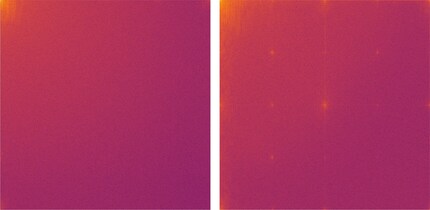
Ready for fake news? Computer recognises deep fakes
Have researchers found the weak point in deep fakes? A simple mathematical analysis of the pixels reveals striking patterns in the images generated by the AI.
Deep fakes are fake images, photos and videos created by artificial intelligence. They are created with the help of deep learning networks and often appear so deceptively real that they easily fool unsuspecting viewers. If you want to try it out for yourself, you can visit the website whichfaceisreal.com to guess which of two faces is the real one and which is the computer-generated one. Even with the help of software, this distinction is not always reliable.
However, at least the computer may soon no longer fall for the deception, as a simple mathematical analysis of the pixels helps to recognise the manipulation. As a team of developers led by Joel Francs from Ruhr University Bochum reported at the International Conference on Machine Learning (ICML), deep fakes give themselves away with a striking grid pattern when they are converted into a frequency representation.
Artefacts reveal the fake
In the discrete cosine transformation, the image is expressed as the sum of many different cosine functions, explain the researchers. While natural images consist largely of low-frequency functions, artificially generated images show various types of artefacts in the high-frequency range.

A natural image (left) and a computer-generated one (right)
The grid structure could be a feature of all - or at least all current - deep learning networks that generate images. It seems to be a structural problem of all deep learning algorithms, explains Francs. "We assume that you can always tell from the artefacts described in our study whether it is a deep fake image that was created using machine learning."
Deep fakes are usually created with the employees of two artificial neural networks that work against each other in a kind of competition. One learns to create images that look as naturalistic as possible, while the other learns to distinguish these fake images from real ones. In the course of the learning process, the results of both networks become better and better. The technology runs under the name Generative Adversarial Networks or GAN and delivers the best imitations to date.
If you want to go on a fake hunt yourself with the help of the Bochum researchers' discovery, you can download the group's code from GitHub.
Spectrum of science
We are partners of Spektrum der Wissenschaft and want to make well-founded information more accessible to you. Follow Spektrum der Wissenschaft if you like the articles.
[[small:]]
Experts from science and research report on the latest findings in their fields – competent, authentic and comprehensible.
From the latest iPhone to the return of 80s fashion. The editorial team will help you make sense of it all.
Show all